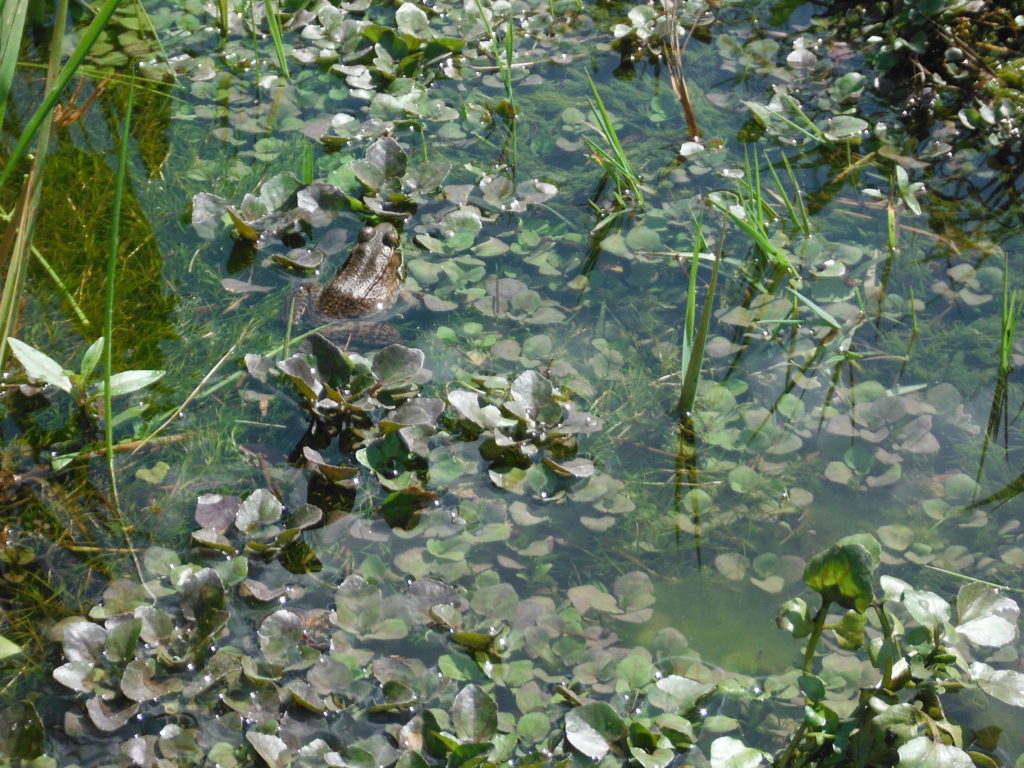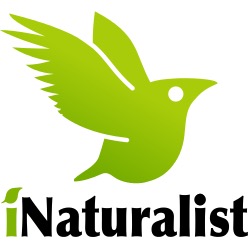Have you ever ventured into your favourite natural space and happened upon an exciting new plant or animal?
Whether in familiar surroundings, or new territory, we humans are creatures of observation, and we love to categorize and organize our observations to help us make sense of the world around us. Identifying flora and fauna turns the intrepid hiker into one of nature’s detectives, and a key player in the annals of natural history.
So, you’ve just seen something new that aroused your curiosity. After consulting your field guides and making a tentative ID, affirmation that you have correctly identified your species would be gratifying. Or, perhaps you remain mystified…
Now there is a way to share and confirm the identification of your discovery with a host of other naturalists and scientists through a web based site called iNaturalist. All it takes is a cell phone, or camera and you are on your way to solving your mystery while also contributing to an enormous citizen science database that now has a local focus thanks to Trent University and the CREATE Environs program. The Harper Park Project is up and running on iNaturalist!

Harper Park with it’s multitude of niche habitats is a location unusually rich in species diversity given it’s urban location in the southwest end of Peterborough. As the park has become better known, it is visited by people of all levels of knowledge taking field notes on what they see. For some time now the Peterborough Field Naturalists have been puzzling on how best to retain all of the wonderful discoveries made in the park knowing that this information is invaluable in understanding how best to restore and conserve park environs.
Enter Alex Myette, a graduate student studying salamanders at Trent University through the Environmental & Life Sciences (ENLS) program where the community service component of the CREATE Environs initiative came to the PFN’s attention. With the PFN acting as a community sponsor for Alex, he has divided 120 hours of summer volunteer time between field work for the Harper Creek brook trout study, and helping the PFN research the best way to launch a citizen science based monitoring network.
While researching data hosting platforms for the PFN, Alex found iNaturalist to be a simple, fun and effective way to manage species inventories, and so the Harper Park Project was launched. While the project site is still being perfected – as the exact boundaries of Harper Park have been difficult to obtain from the City of Peterborough – the PFN wishes to begin advertising so that observations can begin.
This monitoring network is designed to engage citizens, and it is hoped that even more members of the park community will explore and record their data which will then be used to inventory and monitor changes in park species. And, as an added bonus, all of the iNaturalist data is automatically stored in the Global Biodiversity Information Facility (GBIF) which allows, ‘free and open access to biodiversity data’!
Now if this sounds just a little bit too techie for your walk in the park, not to worry. It is a very user friendly platform and the phone app, which can be downloaded free from the App Store, will easily connect you to your iNaturalist account from the field so that you can upload your sightings easily, and immediately! Choose Harper Park as your first project and you will be up and running.
If you prefer more hands on learning, on Sunday, September 10th, the PFN will be hosting an iNaturalist walk through Harper Park as one of the club’s regular Sunday fall outings. To make the most of this opportunity, it is recommended that you set-up your iNaturalist account in advance of the walk and/or download the app to your phone.
For more information, check out the Getting Started iNaturalist how-to page.
Have fun sharing your sightings, and never loose your thirst for learning and discovery: Your parks count on it!
